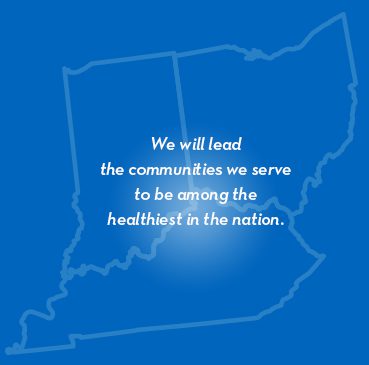Physical Exams & Medical Surveillance
Physical Exams
Department of Transportation (DOT) medical exam: DOT requires a DOT physical for anyone operating a commercial motor vehicle with a gross vehicle weight rating of 10,001 pounds or more or transporting hazardous materials. DOT physicals assess the physical and mental fitness of the driver to operate the commercial vehicle safely.
Pre-employment physicals help to ensure a new associate is healthy and can perform the job duties safely and effectively. The pre-employment physicals reduce the risk of workplace accidents, injuries, and illnesses that can be costly to the employer.
The pre-employment physical is a medical examination of the associate’s overall health, medical history, and physical abilities to determine whether they fit the job. The specific components can vary depending on the job requirements and the employer’s policy. Pre-employment physicals are often performed with a drug screen and a Job Placement Assessment (JPA).
NFPA 1582 Firefighter Physical Exam: the standard baseline and annual occupational medical exam to reduce risks and provide for the health, safety, and effectiveness of firefighters operating to protect civilian life and property.
Contact Us
To schedule an appointment, please call (859) 301-2999.
For details on our services, contact Business Health Sales and Marketing at (859) 301-2574.
Medical Surveillance
Medical Surveillance: a program required under the Occupational Safety and Health Administration (OSHA) that consists of a series of medical examinations and tests to detect and monitor potential health hazards. Medical surveillance programs are regarded in the workplace as tools to help employers and employees stay healthy and safe when performing jobs that bring them into contact with potential hazards.
Learn More
Contact Us
To schedule an appointment with the St. Elizabeth Healthcare Business Health Services, please call (859) 301-2999.
For more information regarding any of our services please call Business Health Sales and Marketing at (859) 301-2574.

